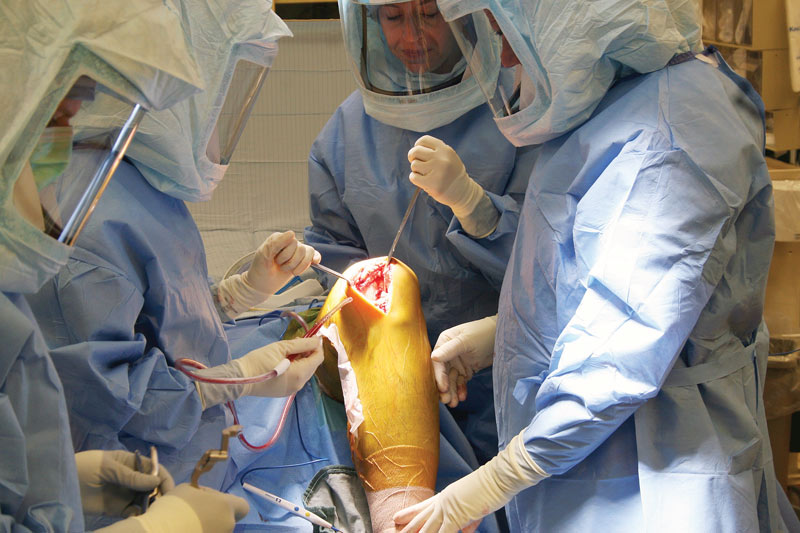Diagnosing patients in need of a joint replacement is a science and implanting prosthetic joints just so is a technical art, but health care is ultimately a business. Transforming diseased joints into perfectly functioning hips and knees won't keep the doors open and the lights on. But running a value-based total joints program will, and that begins with mastering a bundled payment strategy — a set fee negotiated with insurers for care delivered by multiple providers over an entire episode of a patient's treatment, which begins when surgery is scheduled and ends at 90 days post-op. It's the perfect risk-reward model — you measure outcomes, strive to reduce expenses and limit complications — that adds value and a renewed ability to manage your revenues and costs. Following these 5 steps will help you build your bundled payment program.
1 Know the costs
You can't price your bundle without first knowing exactly what you spend on every element of the total episode of care, which can be divided into 3 parts:
- Base facility cost. Include the expense of having patients complete their histories and physicals and undergo pre-op lab tests (if both will be in your bundle). Add in the costs of all medical and surgical supplies (including implants and consumables), nursing staff, pharmaceuticals, durable medical equipment, pre- and post-op X-rays and scans, and physical therapy — all the elements needed to prepare patients for surgery, perform the procedure and help them recover.
- Surgeon's fee. The surgeon's fee is based on reasonable fair market value for their cost of delivering their services — their time and resource utilization necessary to perform total joint procedures. First, calculate how many hours they spend with a typical patient from the initial clinic visit through to the 3-month post-op visit. Multiply the number of hours by their average practice cost per hour.
- Anesthesia fee. Complete the same exercise for your anesthesia team. Determine how many hours they spend with patients to perform pre-op assessments and deliver anesthesia, then factor in their average practice costs per hour.
Finally, add a reasonable margin to the facility cost, the surgeon's fee and the anesthesia fee. The margin should be the same for all three.
2 Include downstream providers
Determine who's responsible for providing post-op services during the entire 90-day episode of care. If these providers are not employed by
or tightly aligned with your facility, negotiate up-front fixed fees for their services, which account for a significant cost driver during the post-op care of joint replacement patients. Controlling these costs is therefore a major opportunity
to create added value to the bundle.
.svg?sfvrsn=be606e78_3)


.svg?sfvrsn=56b2f850_5)